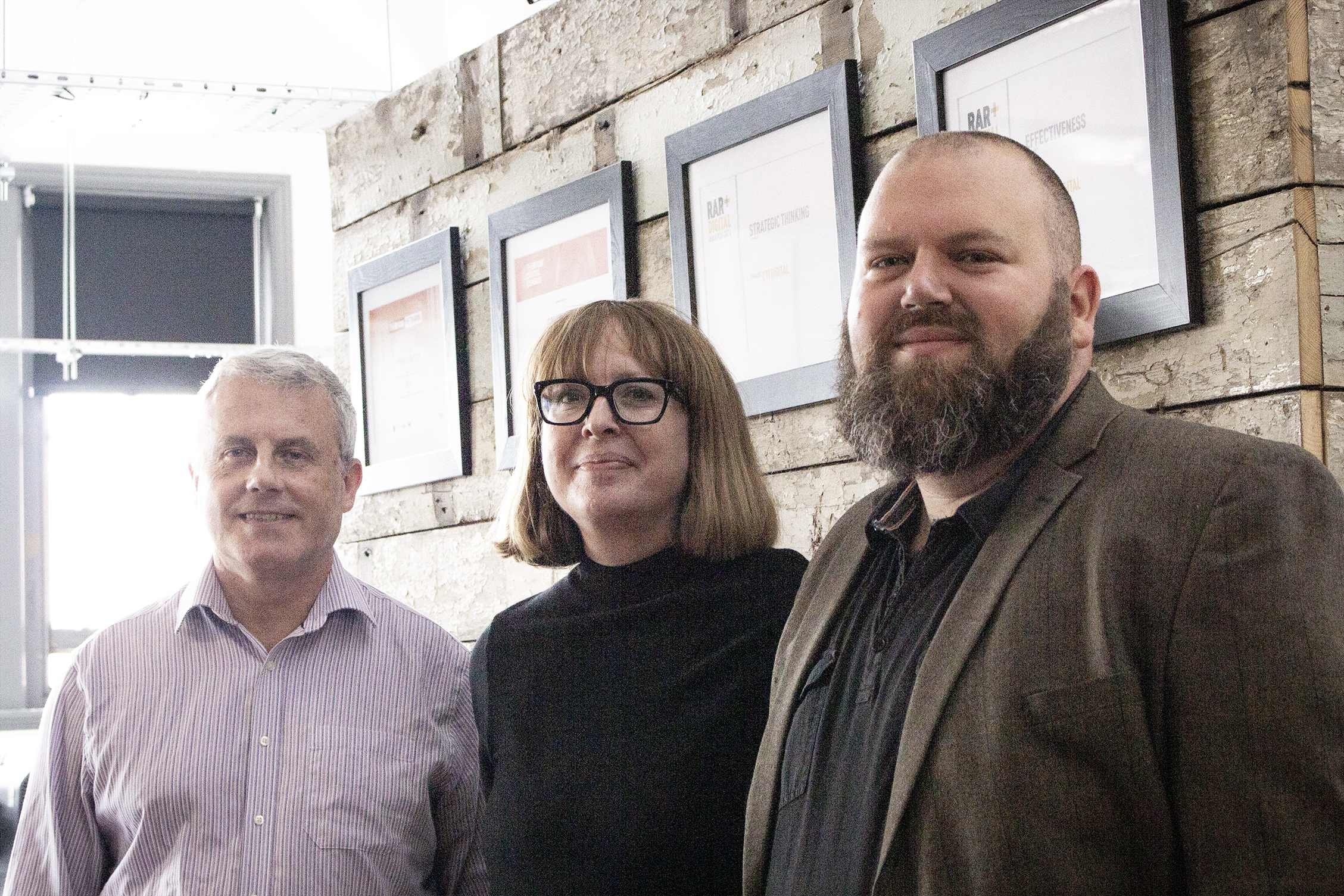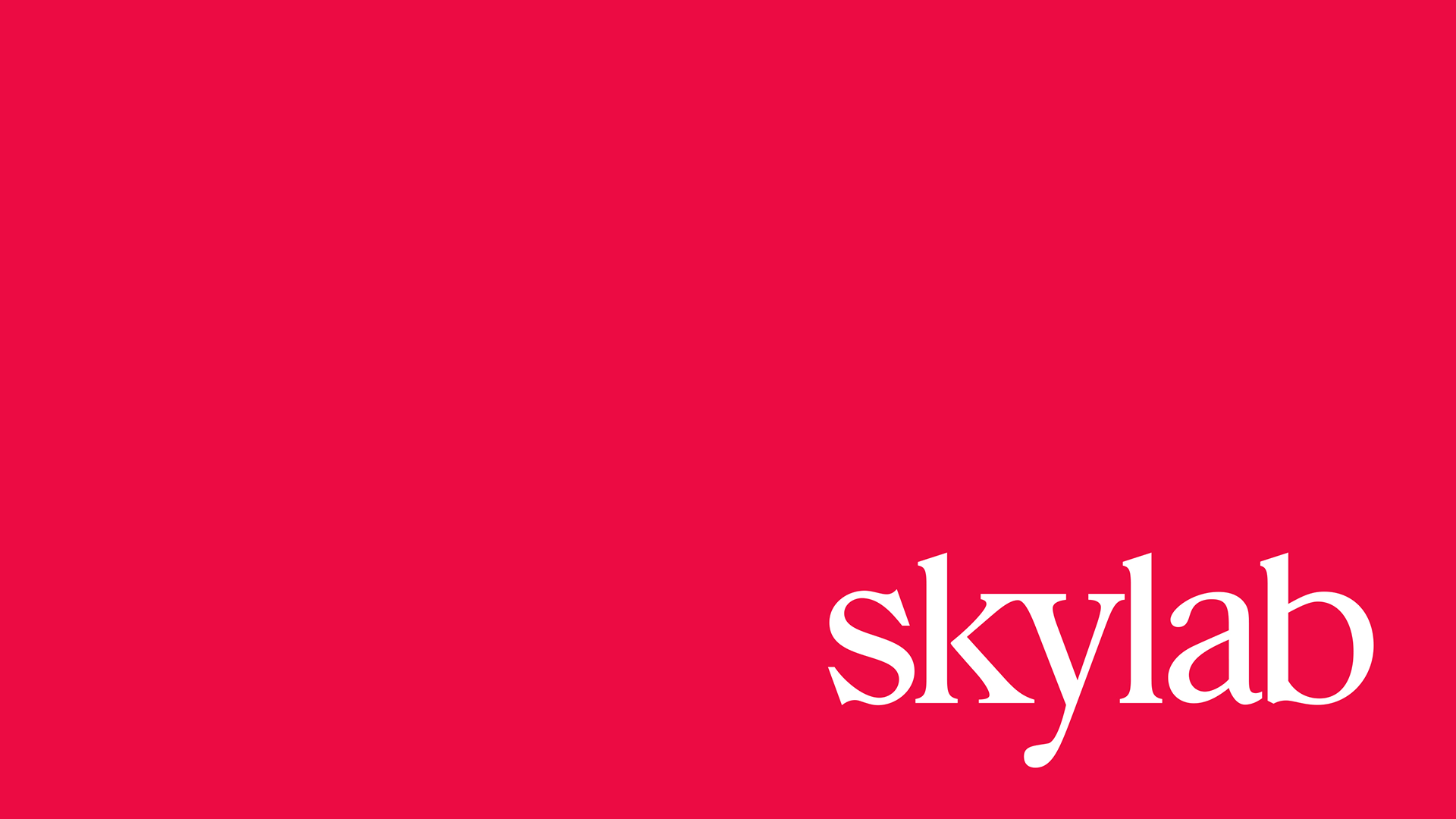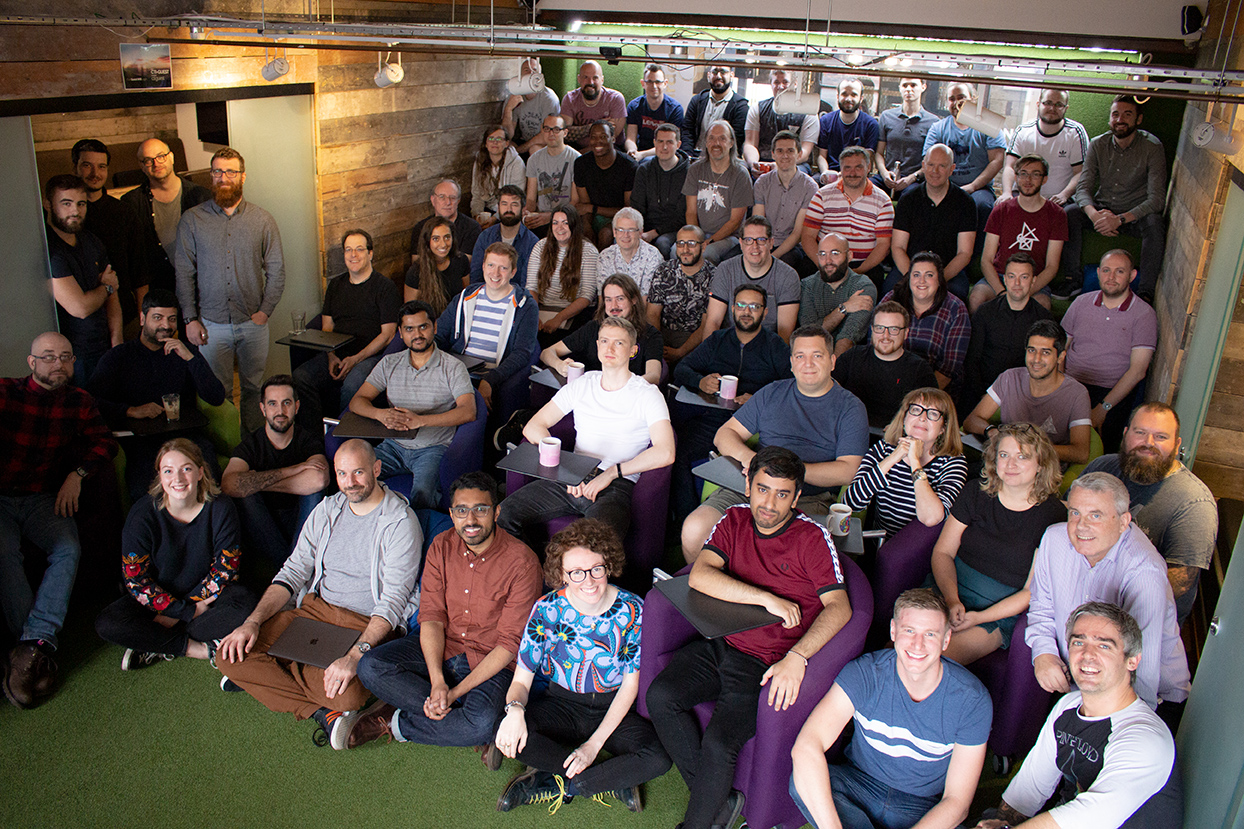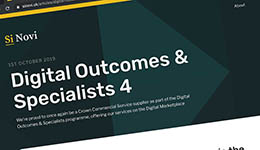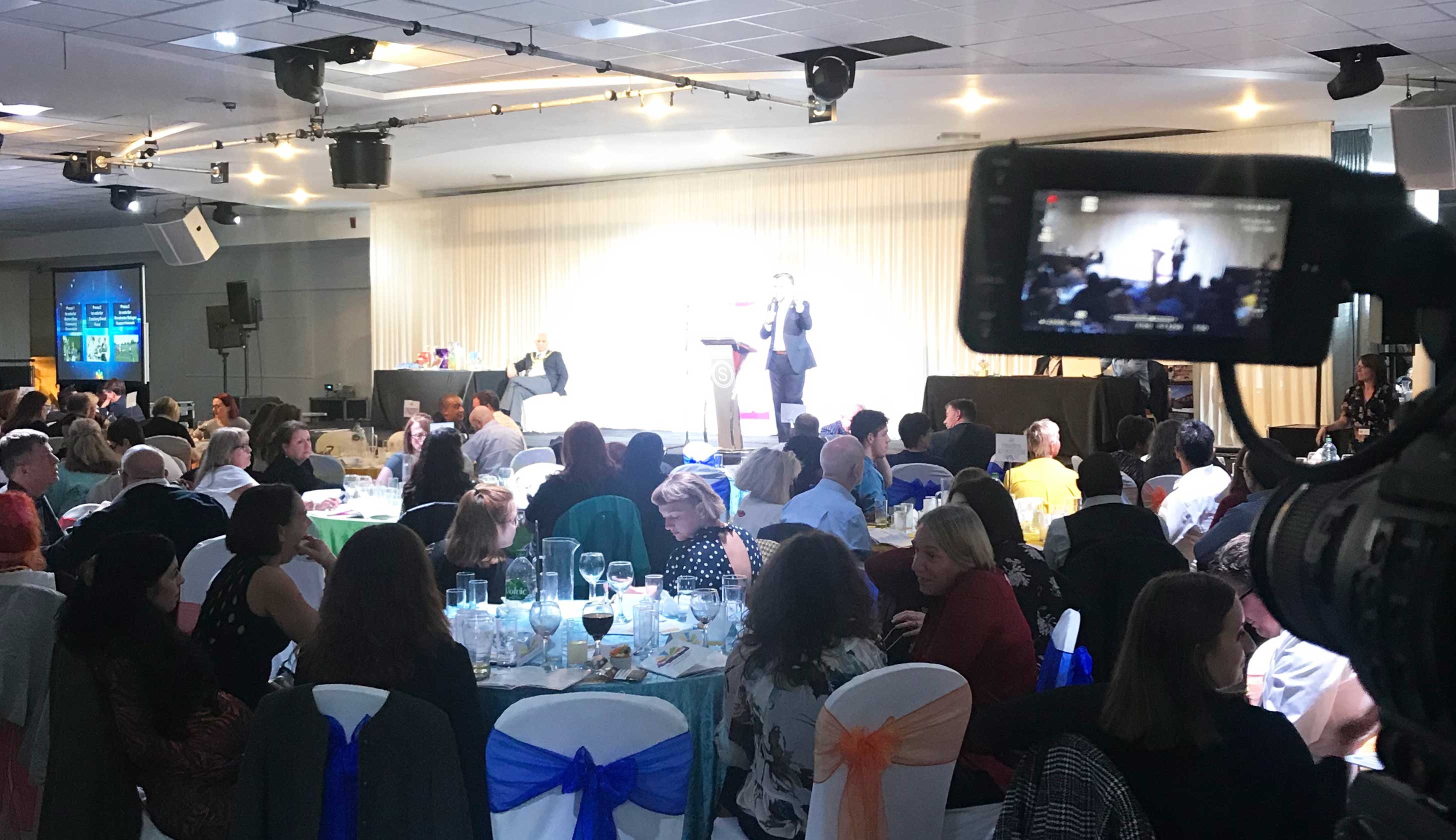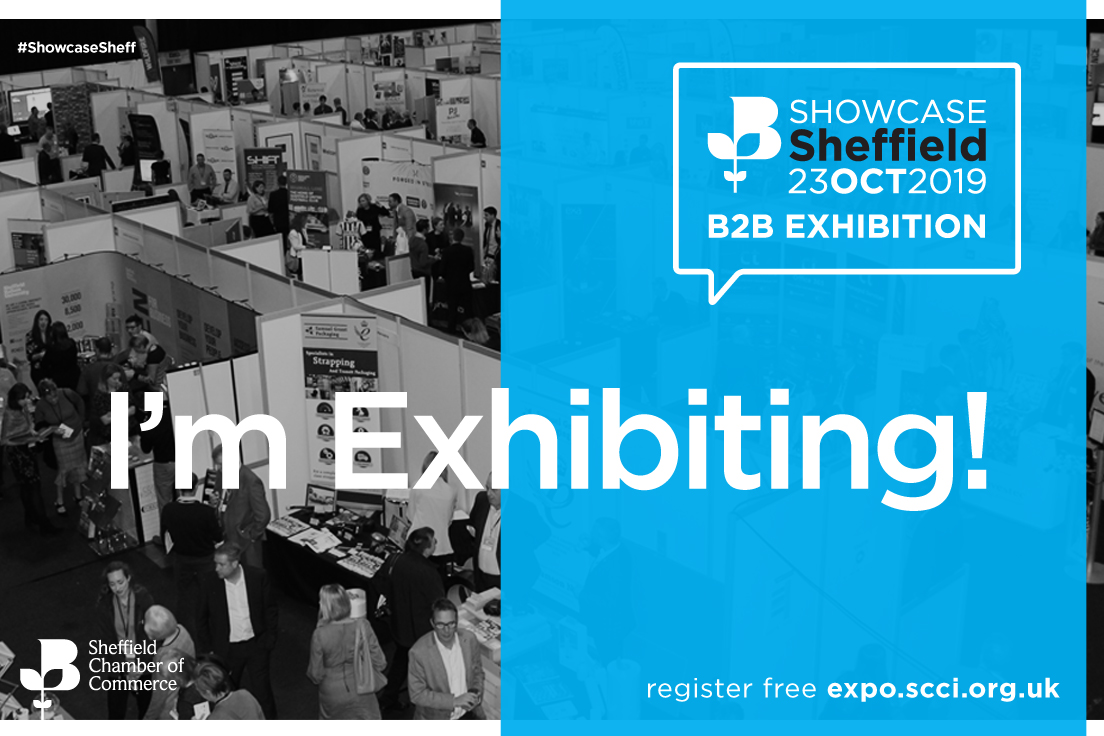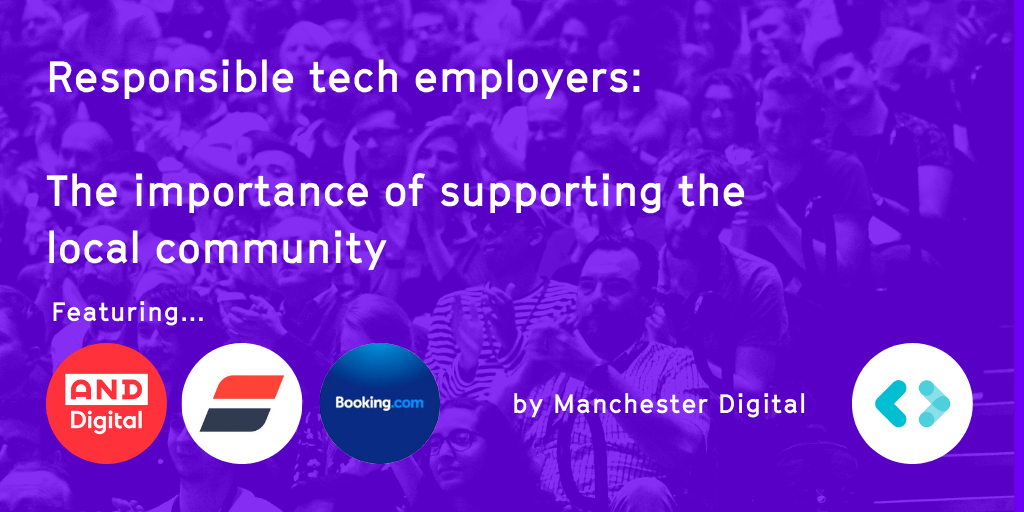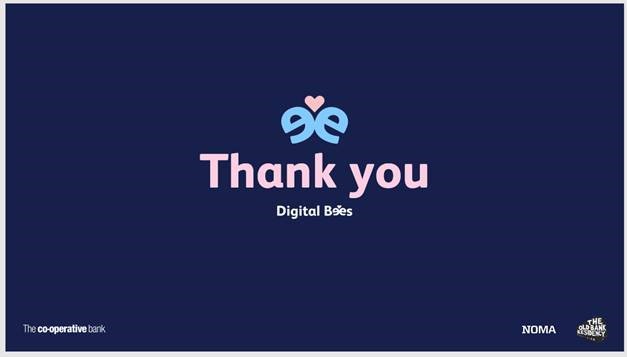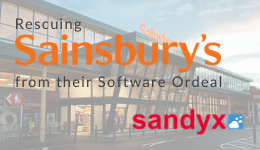
All business software, bespoke or off-the-shelf, is bought to service some kind of need the business has. What doesn't usually get taken into account is the mental wellbeing of the people who are being asked (read told) to use that software. Traditional business change management was born out of a desire to make businesses become more efficient, and technology was seen as the means to achieve that.
Prior to change management, and to be quite truthful ever since too, businesses have adopted a top-down change approach. What that means in practice is that a senior executive makes a decision to implement some new software (sometimes with some cursory "research", but mostly without) into the business, and embarks on a hellish journey of trying to get everyone in the business on board with the change. The idea behind change management was to alleviate that by trying to make people feel comfortable with the impending "update" to the business and its processes. Don't get me wrong, there's a lot to be learnt from change management, so it's not all been in vain.
The myth that is propagated is that humans don't like change. But if I asked you if you enjoy going to new restaurants, seeing new films, trying new gadgets, holidays, cars, or anything else new to you for that matter, I would wager that the answer would be yes. The truth is that we all revel in change, but only when we feel like we're in control of the choices we make before and during the change process. So in our example above, the only people bought in are usually the senior executives who made the decision in the first place because they were in control of those choices.
What is lost when you take away sense of control?
The most harmful impact on a business is a drop in morale. If your staff enjoy their work, you'll end up with a presenteeism problem at best (and it's on the rise), and at worst, you could find that a significant percentage of your staff up and walk. In the presenteeism case, you're carrying what you perceive to be dead weight, which no business can afford. In the loss of staff case, you're going to suffer significant costs to rehire, and up to 8 months in loss of productivity. Not to mention the knowledge gap you now have as a result of those people leaving.
What could you gain?
This is the really fun part. It involves working with your team to understand their needs. They know what they need to do to get the job done, and they also know what would make their lives easier. It stands to reason, surely, that if you are able to make their lives easier, you'll be saving time, and time in a business brings options. If your staff are constantly working longer hours than is healthy, they're going to be tired, stressed and unable to give their all. They may end up in much worse positions, some downright ugly.
On the flip side, if your staff are stress-free, well slept, and generally healthy and happy, you'll get more out of them. Sometimes up to twice as much, just from those changes alone. Just look at the body of research that's been done on this topic. Those distractions can be work-related, but if someone has external stresses, those will impact on work too, and if they're not given the time needed to deal with them appropriately, it will only exacerbate the problem.
Reduce distractions
So we now know that we need healthier, happier staff. And we know that we can help to achieve that by giving them control over change in their working practices. Given direct distractions like handling email and phone calls asking "can you just..." are some of the biggest detractors along with context switching between different software packages, we can make a good best guess that if a person doesn't need to keep changing what they're doing and where they're doing it, they'll be able to do it faster.
That's where good planning (and some external oversight) comes in. You need to understand what it is that needs to be done to complete a job, and see if those tasks can be done in a different way that's easier, less prone to switching, and saves time. It's also time to assess whether the existing tools in the toolbox are helping or hindering the process.
Get everyone involved early
I'll level with you: it's really hard to think about your role outside of the context of the systems you use, and to pretend they don't exist. We have to ask a whole heap of questions to get to the bottom of what it is that you do, so we can help you figure out how to do it better. But it's those questions and having genuine interest in the wellbeing of your staff that makes the difference when it comes to change. It doesn't matter whether you find the perfect piece of off-the-shelf software to suit your needs (for the record, it doesn't exist), or you need to get something bespoke built that works for your business and its people the way you need it to. What does matter is that now your people are in control of the changes that need to be made to make their lives, and ultimately the business, better and more fulfilling.
We do lots of little things to get that early engagement, but there is nothing quite like spending time with people, learning and understanding to engender trust.
The right solution
If you have got this far, you'll have realised by now that the typical "feature list" you get given by software vendors isn't going to help much. It's not that a job can be done, but how it is done that matters most. So if you're finding that generating quotes is taking a lot of time and you find a piece of software that has "Quote management" in its feature list, you might buy it and find it now takes longer and makes people even more stressed and unhappy. Oops!
We like to talk about the single source of truth - your business should have one, and it's the one place where your whole business lives. Both data and people. And as a result, your staff don't need to leave it to do their work. Of course, that's only useful if the system is helpful enough in the first place to actually save them time. And that's where bespoke software development really comes into its own. Your single source of truth can and should look and feel different to the next business that says they do what you do. Because in truth, they don't. And only a bespoke software solution can deliver the exact mix of ingredients that means a business can deliver more with less - but it starts with the people in it.
Without the people in your company on board, the software will fail. Get the wrong software and businesses can go bang in the night. Get the people in your business driving the ongoing change that bespoke software allows and the business can achieve astounding things. Case in point: One of our clients achieved a 90% reduction in their order processing time through this approach. From 1-2 hours per order to between 5-10 minutes. That translates to the business being able to deliver 9.72x more business without hiring any new staff. But that wasn't the end of it. As a consequence of having less stress and fewer distractions, the productivity levels of the staff went up two-fold. So technically, without hiring more people, the business can deliver 19.44x more business. Of course, then the staff are back to their old stress levels, so we're not recommending that. Rather, a modest increase of around 12x would be achievable and still maintain a very healthy and happy workforce.
This was originally posted on the Initforthe Blog at https://initforthe.com/blog/what-is-the-human-impact-of-the-wrong-software-in-your-business-and-what-the-right-software-can-achieve.
